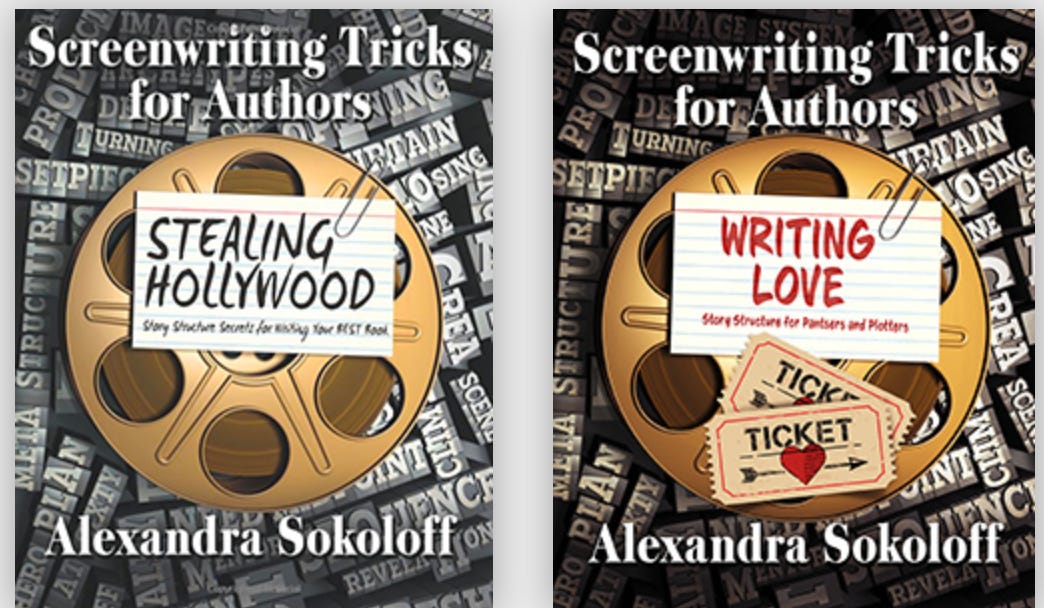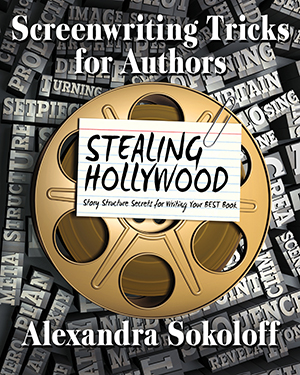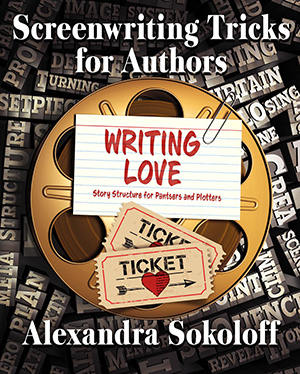I’ve decided to drill down on the essential elements of Act Ifor February (with some digressions!).
Last week I suggested that everyone would benefit from reviewing the essential elements of whatever Act you’re writing in right now. But how much more fun to do it together? And as it happens, I’m in Act I of a new book, and when I said everyone could benefit, I very much include myself!
So here’s what we’ll be covering first:

Your Act I is likely to be the most revised Act of your book or script, because there’s so much that you have to get right. There’s a saying in Hollywood, and it’s true for selling books, too, that “Act I sells the script and Act III sells the movie.” Meaning, producers and studios buyscripts and books because of a great Act I, but the successof the finished film depends on a great Act III.
Actually, I think that—book or script—what you have to do is design Act I and Act III together. So we’ll get into that.
I think the very best way to learn the elements of Act I or any Act is to watch Act I of three movies in a row, paying close attention to the Elements I listed above and for how the filmmakers handle those scenes.
So I encourage you to do that this week. Here are some Act I notes to help you do that!
Punxsutawney Phil says six more weeks of winter— so why not use that time to revisit this classic romantic comedy? It’s one of the best teaching movies I know, for writers in all genres!
The Hunger Games
My notes on all of Act I are now up on the YouTube channel.This week I focus in on Setpieces,too—one of the most valuable tricks we authors can steal from the movies.
And of course there are ten full story breakdowns to choose from in the workbooks.

Get the workbooks:
-
Stealing Hollywood, $4.99, also available as print workbook
-
Writing Love $2.99
As always, let me know if there’s a movie or genre you’d especially like me to break down!
Happy February, and Happy Groundhog Day!
—Alex




